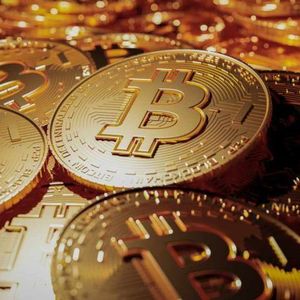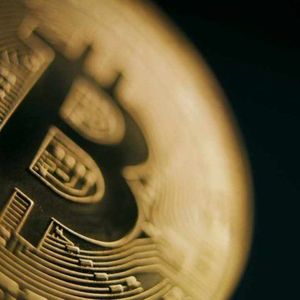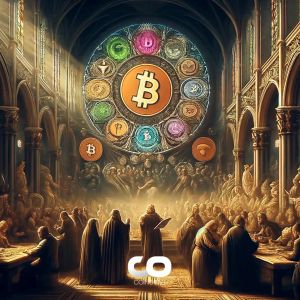Cryptocurrency analyst Simean Koch drew attention to the FED's monetary policy and its effects on the altcoin market in his latest analysis. According to Koch, the tight monetary policy pursued by the FED threatens the altcoin season, but it has not completely destroyed hopes for the future. US President Donald Trump continues to criticize FED Chairman Jerome Powell. In his latest press conference, he said of Powell, “I don’t think he’s an intelligent person. I don’t think he’s a political person either. He doesn’t like me, I’ve both praised him and criticized him, but it didn’t work. He’s just stupid.” This statement clearly shows the extent to which the conflict over monetary policy has reached in US politics. Trump defends his low interest rate policy in terms of both economic recovery and public debt remaining manageable. However, Powell is determined to keep interest rates high to combat inflation. With the decision announced last night, the FED kept the interest rate steady at 4.5%, making it the fifth interest rate decision to remain unchanged since December 2024. The most important issue that Simean Koch underlines in his analysis is that the US economy is facing the risk of stagflation. Stagflation is a scenario in which economic stagnation, high inflation and unemployment occur simultaneously. In such an environment, the FED's field of action is quite limited: While interest rate hikes increase unemployment, interest rate cuts can fuel inflation. While Trump advocates for the Fed to cut interest rates faster, citing the Eurozone as an example, Powell is resisting this pressure. The Eurozone has cut interest rates from 4.5% to 2.15% since last year, while the US has only been able to cut interest rates from 5.5% to 4.5%. The high interest rate environment poses a major threat to cryptocurrencies, especially altcoins. Historical data shows that altcoin bull seasons often coincide with low interest rates. Interest rates were also relatively low during the 2017 and 2021 upswings. However, interest rates are currently higher than even those periods. In addition, the FED's balance sheet reduction program (quantitative tightening) continues. In other words, liquidity in the market is shrinking. In this environment, it becomes difficult for altcoins to rise. According to Powell, the FED's transition to balance sheet expansion is only possible if interest rates drop to zero, which could come to the agenda in 2028 at the earliest according to the FED's projection. Related News: The Macroeconomic Outlook for the New Week Has Been Released - Here's What to Watch for in This Critical Week Another important point that Koch drew attention to is the withdrawal of small investors from the market. While the number of individual investors has decreased since the summer, institutional investors (such as MicroStrategy or Bitcoin ETFs) continue to accumulate Bitcoin. This creates a serious problem, especially for small altcoin projects, because their prices are largely dependent on individual investor interest. In addition, conflicts in the Middle East, rising oil prices, and tensions in US domestic politics (between Trump and Powell) negatively affect market confidence, which further reduces demand for altcoins. Despite such a negative picture, Simean Koch does not think that the altcoin season is completely over. Historically, individual investors first withdraw from the market, then Bitcoin rises, and in the final stage, altcoin seasons begin. This scenario was repeated in both the 2017 and 2021 cycles. Therefore, according to Koch, despite the current pressures, it is still possible for an altcoin season to begin. However, for this to happen, the Fed must cut interest rates and ease monetary policy. Although it seems unlikely that this will happen anytime soon, it is too early to completely write off altcoins in this cycle. *This is not investment advice. Continue Reading: After Jerome Powell’s Statements This Week, Are Altcoin Season Dreams Sinking? Analyst Explains

















